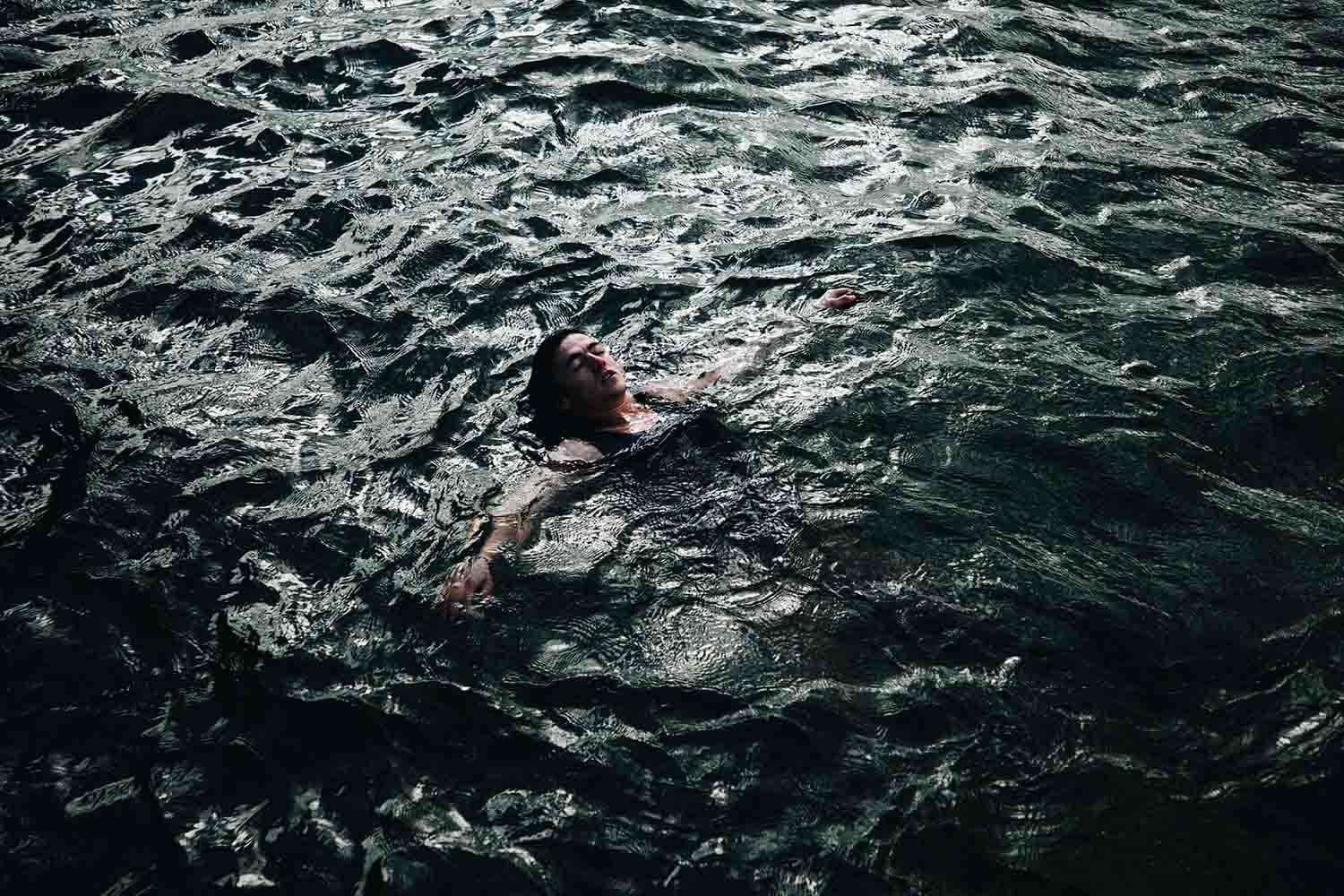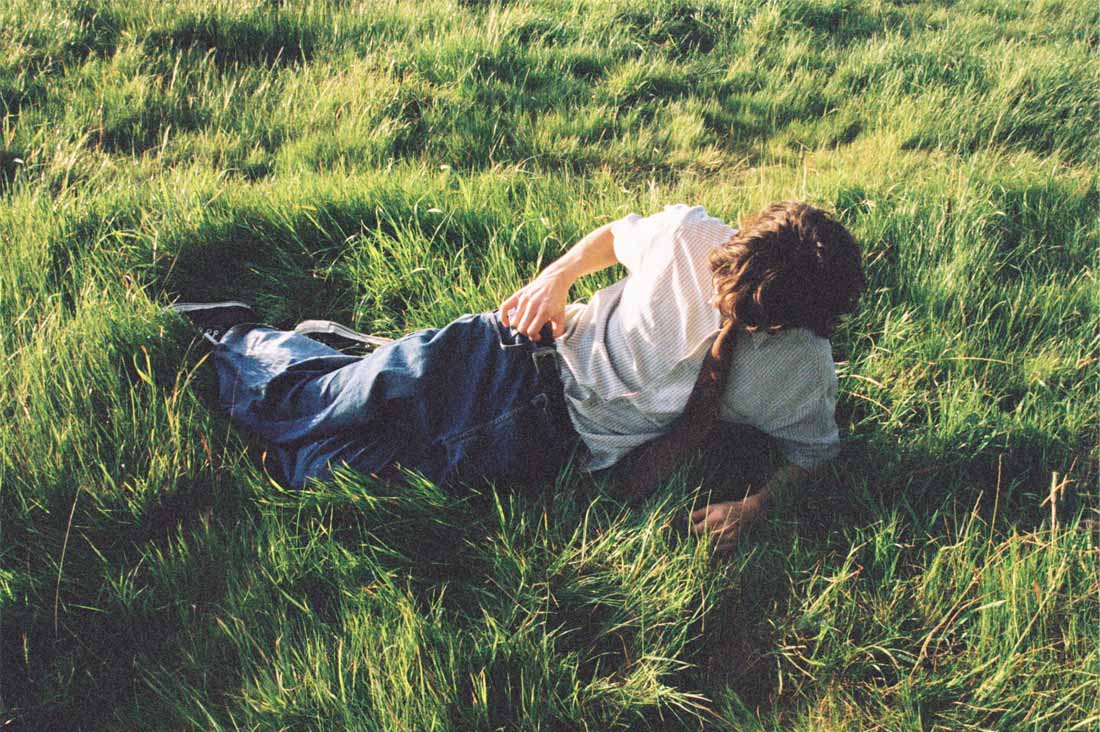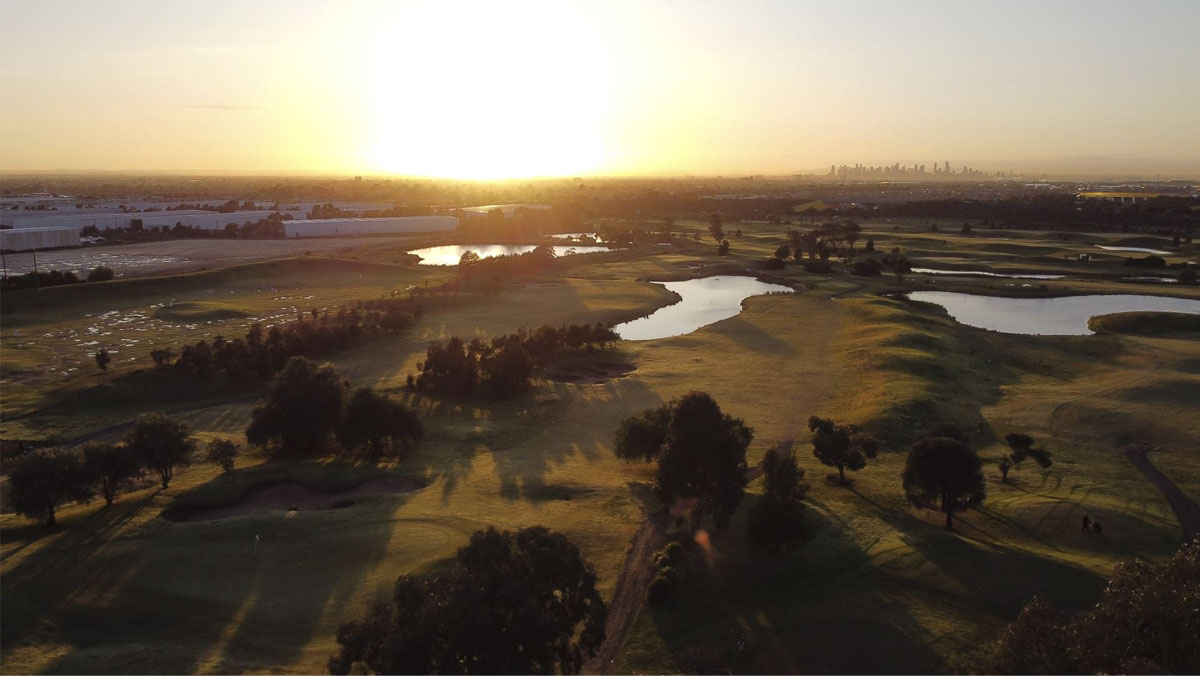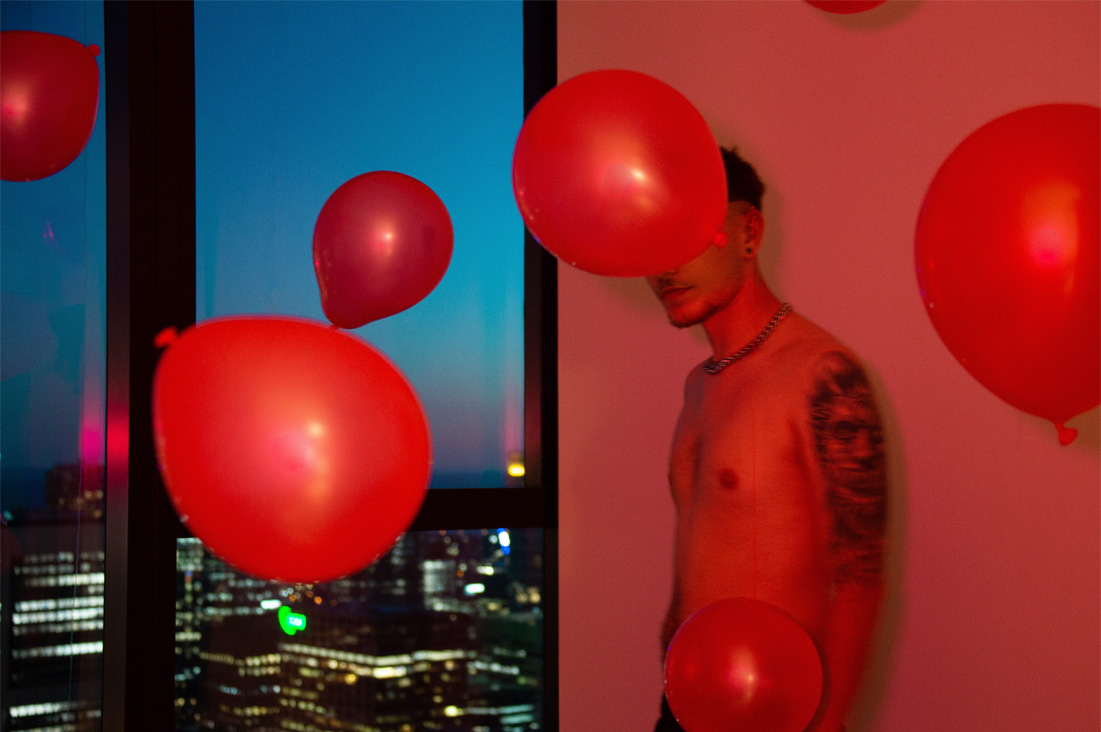Certificate IV in Photography and Digital Imaging
Focused on highly practical skills, this certificate will set you up with everything you need to work as a photographer’s assistant.
Diploma of Photography and Digital Imaging
Build your technical and artistic skills in harness – so you’re learning how to use the camera as well as what to use it for.
Bachelor of Arts (Photography)
Integrate theory, practice and industry-based models of learning, preparing you for the world of work.
Master of Photography
Get deep into topics like the relationships between technology and image-making, while encouraging experimentation and taking creative risks – how to express yourself at a really high level.








